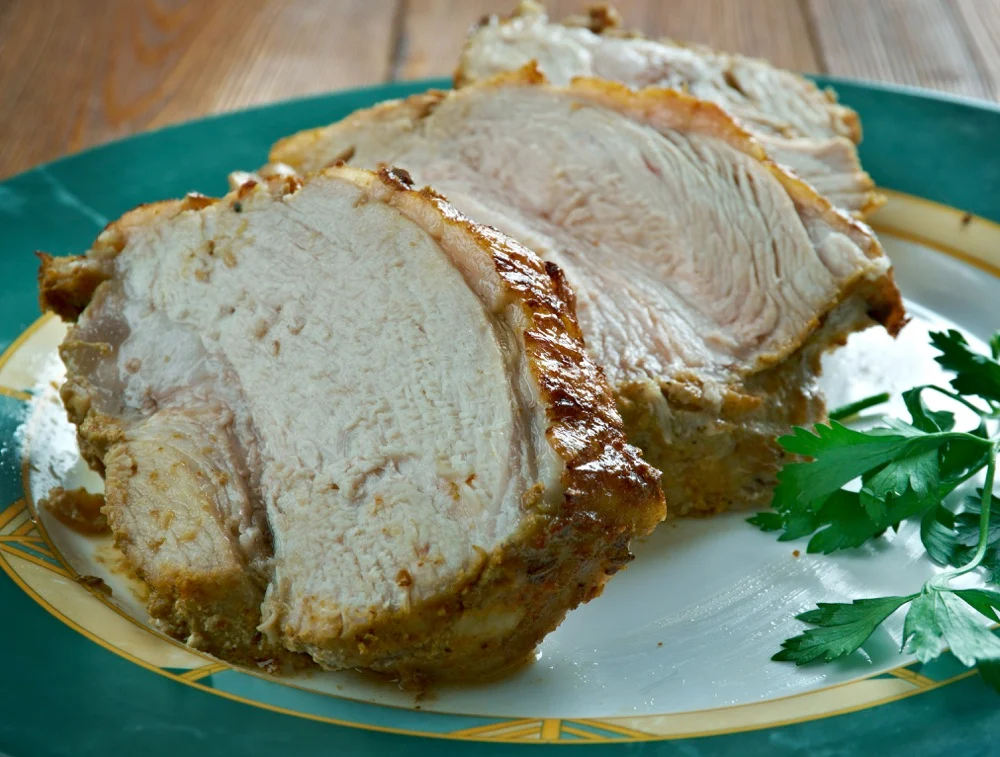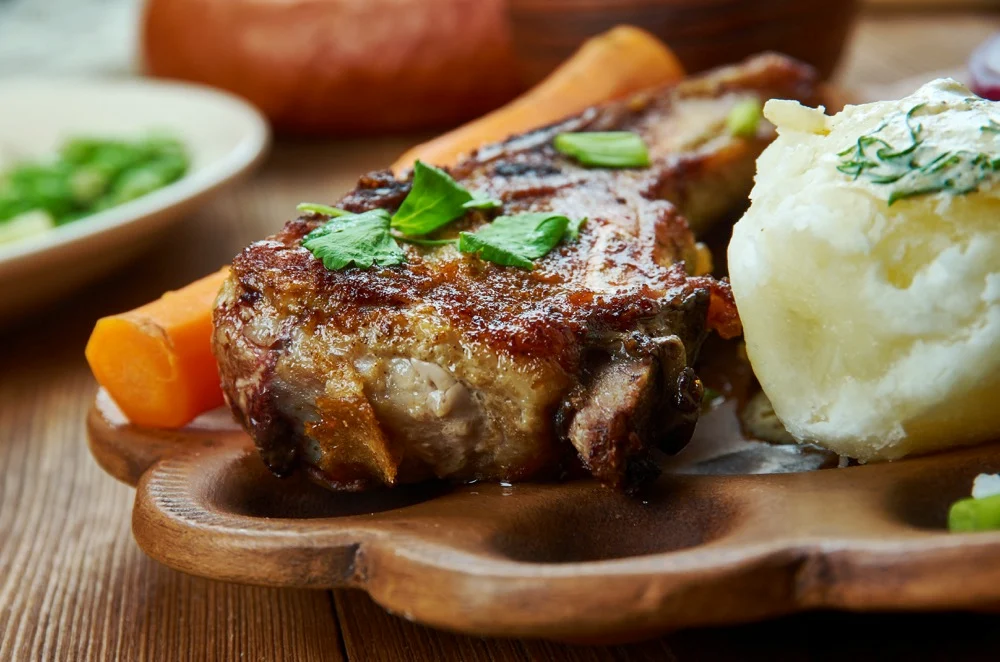“Let’s go out for Danish food” isn’t something you often hear, but Denmark is actually a foodie destination. The food in Copenhagen is steeped in tradition and history, but for the last decade, it’s been undergoing a revolution.
Innovative chefs create modern dishes with ancient ingredients and fuse cuisines across cultures while embracing sustainability. Copenhagen has the most Michelin Stars of any city in Scandinavia but maintains a vibrant street food scene. Even some top restaurateurs have opened food trucks.
I’ve lived in Denmark since 2017 and although I’m not Danish, I’ve learned a lot about the food in Copenhagen. I’ve been to countless restaurants both old and new, sampled street food, and have even been invited to traditional picnics and Christmas dinners by my Danish friends.
Denmark Food Culture and History

Geography is destiny, and the food in Copenhagen truly reflects this.
Denmark is a small, flat country in Northern Europe with no point more than 50 km from the sea. The Danish realm, now and historically, stretches north to the Arctic — further shaping its food.
Denmark is a country of fascinating contradictions. It’s a progressive country with deep traditions.It’s a collectivist society, but people maintain few, yet deep relationships. It’s a homogeneous culture comprised of people who are natural explorers.
All of which is reflected in the food.
Traditional Danish Cuisine

Historically, Denmark was a country of small farms and fishing villages. Danes salted and cured food to survive the long winters. Fish was the main protein, especially from the Baltic or North seas.
Dietary staples included root vegetables and hearty grains that can thrive in a short growing season. Today, traditional Danish foods like pickled herring, cured beetroot, and rye bread come from the climate and geography of Denmark.
In the 19th century, three major changes came that had major impacts on the food of Denmark.
First, population growth required more food and additional farms. Farmers reclaimed hilly land that could not support grains and now planted potatoes, which thrived in the rocky soil.
Second, increases in global grain production made small Danish farms unable to compete. Because of this, farmers shifted to raising livestock like dairy cows and pigs.
Third, the industrialization of agriculture forced small farms to develop cooperatives, leading to the construction of…
Click Here to Read the Full Original Article at Goats On The Road…
